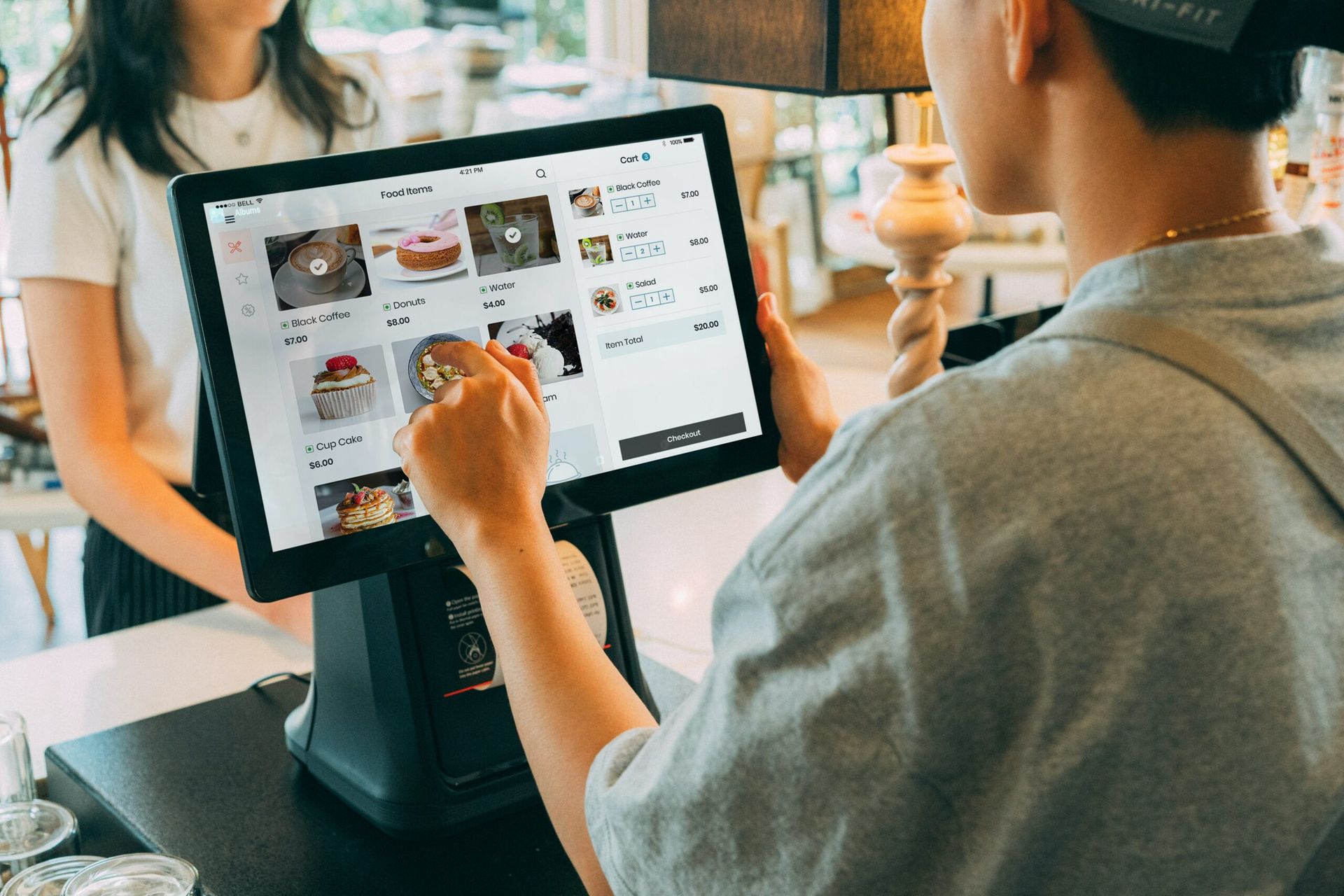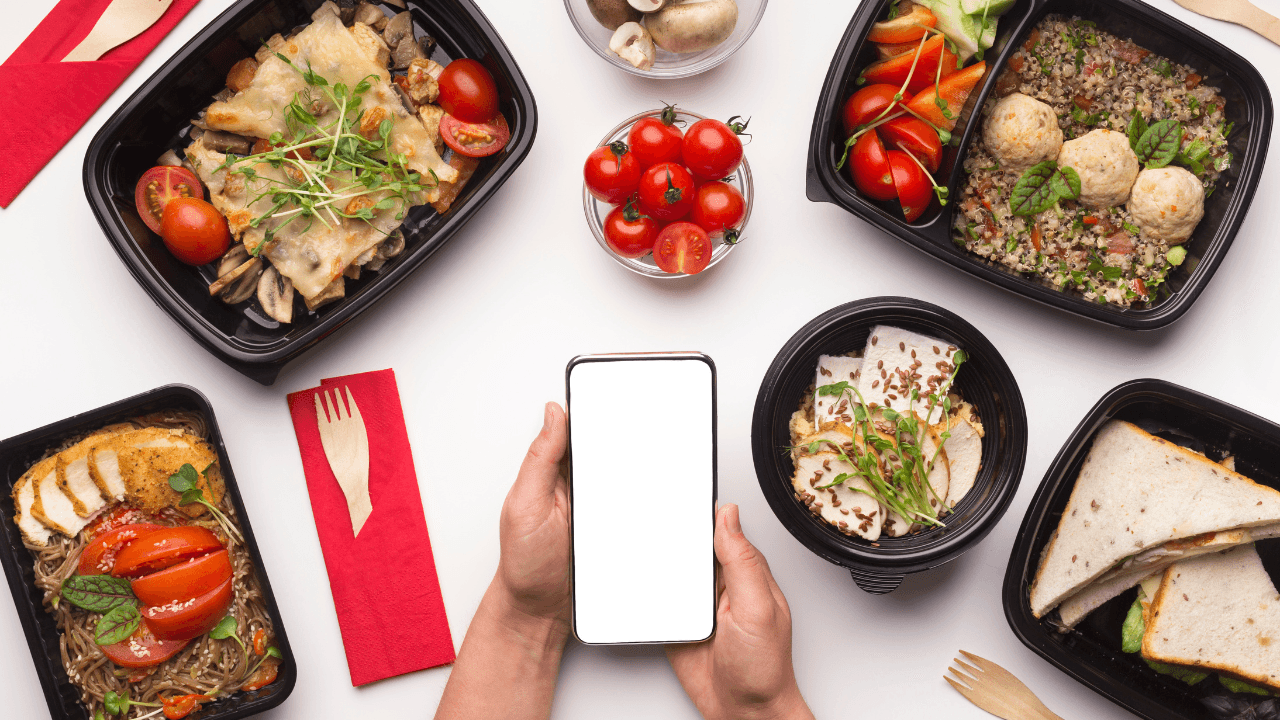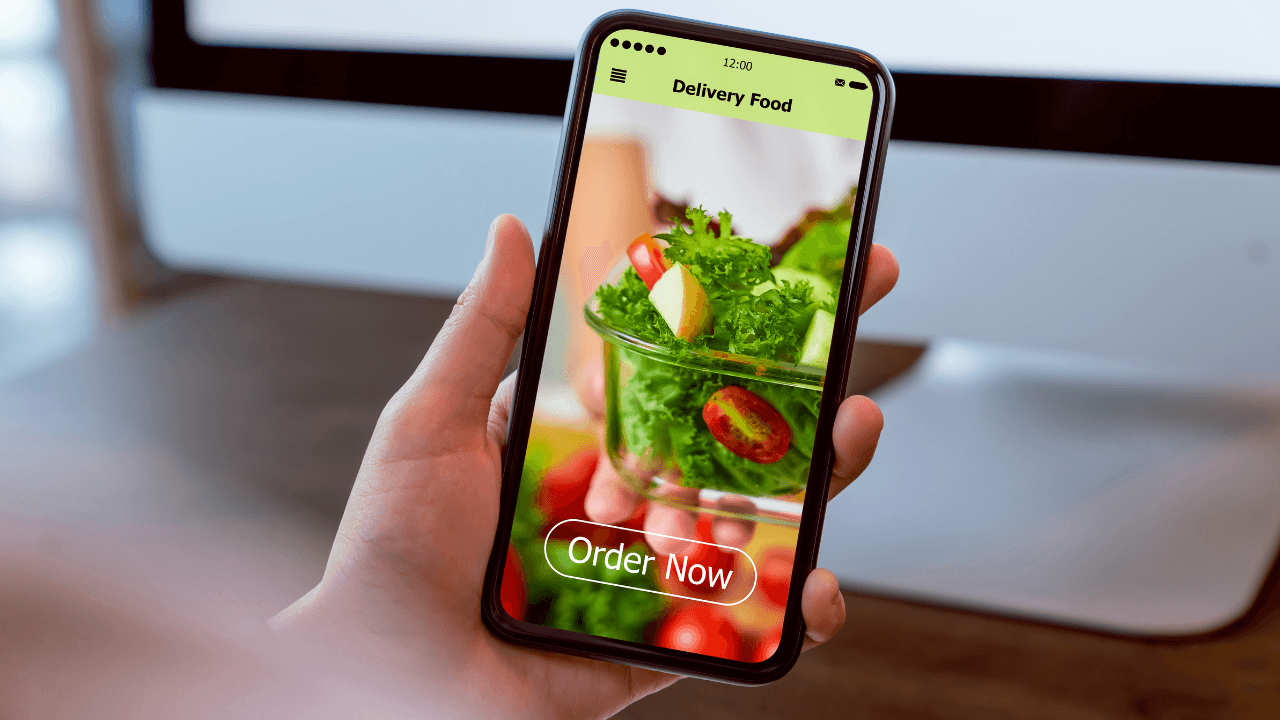The world of food and dining is evolving at an unprecedented pace. With the rise of technology, restaurants are undergoing a radical transformation, pushing the boundaries of what was once thought possible.
From automated ordering systems to virtual reality experiences, the next decade of restaurant technology is poised to change the way we dine and interact with our favorite eateries.
In this article, Orders.co will explore the best trends in restaurant technology and how they will shape the future of the dining industry.
So buckle up, grab a fork, and let’s dive into the exciting world of restaurant technology!
Importance of Technology in the Restaurant Industry
The importance of technology in the restaurant business cannot be overstated. It has revolutionized the way food service operators operate and has changed the dining experience for customers.
Some of the main reasons why technology is so important in the restaurant industry include the following:
Improved Efficiency
Technology has made operations in restaurants more streamlined and efficient.
From cloud-based POS systems to AI-powered kitchen assistants, technology has helped to automate many of the tedious and time-consuming tasks that were previously done manually.
Enhanced Customer Experience
Technology has made the dining experience more convenient and enjoyable for customers. From online food ordering to mobile payment options, technology has made it easier for customers to interact with restaurants and enjoy their food.
Increased Sales
By using technology to streamline operations, restaurants can serve more customers in less time, resulting in increased sales and revenue.
Mobile ordering and food delivery options have made it easier for customers to order food and have it delivered to their homes through a seamless delivery process.
Better Marketing
Technology has also helped restaurants to reach a wider audience and market themselves more effectively.
From social media to chatbots, technology has provided restaurants with new and innovative ways to promote their brand and engage with customers.
Improved Data Management
Technology has made it easier for restaurants to collect, analyze, and utilize data to make informed decisions about their business.
From inventory management to customer insights, technology has helped many restaurants to understand their customers and improve their operations.
Top 11 Restaurant Technology Trends
The restaurant industry is undergoing dramatic changes, and technology is at the forefront of this massive transformation.
Here are 11 of the top restaurant technology trends to look out for in the next decade:
Artificial Intelligence and Chatbots
Artificial Intelligence and chatbots are quickly becoming ubiquitous in the restaurant industry.
These technologies allow restaurants to provide customers with an intuitive and efficient ordering experience while also freeing up staff to focus on other essential tasks.
AI and chatbots can be integrated into websites and mobile apps, and they can assist customers with menu recommendations, online food ordering, and even post-order customer service.
For example, AI-powered chatbots can respond to customer inquiries and resolve issues in real-time, improving customer satisfaction and reducing the workload on restaurant staff.
Virtual Kitchens and Ghost Restaurants
Virtual kitchens and ghost restaurants are emerging as game-changer in the food industry. These kitchens exist solely for delivery services or takeout purposes and don’t have a physical storefront.
By eliminating the need for a dining area, virtual kitchens can reduce overhead costs and allow restaurants to focus on their core competency of preparing food.
Furthermore, ghost kitchens can serve multiple restaurant brands from a single kitchen, increasing efficiency and enabling restaurants to expand their offerings without adding physical locations.
Mobile Ordering and Payment Systems
Mobile ordering and payment systems have revolutionized the way customers interact with restaurants. No more waiting in line to place an order or to pay the bill. Everything can be done from the convenience of your smartphone.
With just a few taps, customers can easily browse menus, place orders, and make payments. This technology streamlines the ordering process, saves time, and provides a seamless experience for customers.
It also helps restaurants to manage their operations more efficiently, reduce errors, and improve customer satisfaction.
Whether you are grabbing a quick bite on the go or sitting down for a leisurely meal, mobile ordering and payment systems make dining out a breeze.
Orders provide a comprehensive order consolidation solution that allows your restaurant to take advantage of the latest technology and manage all online orders with one device, allowing you to monitor each transaction.
Cloud-Based Restaurant Management Systems
Cloud-based restaurant management systems are becoming increasingly popular as they offer a wide range of benefits over traditional systems.
Cloud-based systems are more flexible, scalable, and cost-effective, and they allow restaurants to access real-time data and insights from anywhere.
Furthermore, cloud technology can be integrated with other technologies, such as point-of-sale systems and inventory management software, providing restaurants with a unified view of their operations.
Your Inbox, Your Rules!
Tailor your newsletter with the topics you're most interested in.
Kitchen Automation and Robotics
Kitchen automation and robotics are transforming the way restaurants prepare food. Automated systems can increase kitchen efficiency and accuracy, reduce food waste, and minimize the risk of human error.
For example, robotic kitchen assistants can prepare ingredients, cook food, and perform other tasks that were previously performed by humans.
This not only improves the speed and quality of food preparation but also reduces labor costs and improves safety in the kitchen.
Big Data Analytics
Big data analytics is playing an increasingly important role in the restaurant industry, allowing restaurants to collect, analyze, and use large amounts of data to make better business decisions.
For example, restaurants can use big data to track customer behavior, evaluate restaurant menu performance, and analyze the impact of marketing campaigns.
Furthermore, big data analytics can help restaurants understand their operations, identify trends, and make real-time adjustments to improve efficiency and profitability.
Augmented and Virtual Reality
Augmented and virtual reality are becoming increasingly popular in the restaurant industry, providing customers with immersive dining experiences and enabling restaurants to showcase their offerings in new and exciting ways.
For instance, virtual reality can be used to create virtual tours of restaurants, allowing customers to explore menus and facilities before visiting.
Augmented reality can be used to create interactive experiences that engage customers, such as menu items that come to life on a mobile device.
These technologies provide restaurants with new opportunities to connect with customers and enhance the overall dining experience.
Digital Signage
Digital signage is revolutionizing the way restaurants communicate with their customers and make a lasting impression.
With dynamic and interactive displays, restaurants can showcase their menu items, specials, and promotions and even greet customers with personalized messages.
Not only does digital signage improve the aesthetics of a restaurant, but it also provides real-time updates and allows for quick changes to menu offerings and prices.
Moreover, digital signage can also be used for in-restaurant advertisements, increasing revenue streams and providing an opportunity to highlight local businesses and community events.
By adopting digital signage, restaurants are able to offer a more engaging and interactive dining experience for customers.
Employee Scheduling and Time Tracking Software
Employee scheduling and time tracking software is a game-changer for restaurants. Gone are the days of manual scheduling and timekeeping, which can be time-consuming, error-prone, and result in scheduling conflicts.
With this software, restaurant owners and managers can easily create schedules, assign tasks, and track employee hours, ensuring that staffing levels are optimized, and payroll is accurate.
The software also offers real-time visibility into employee availability, making it easier to make adjustments on the fly.
Moreover, it enables employees to access their schedules, request time off and clock in and out from their mobile devices, providing them with greater flexibility and convenience.
With this software, restaurants can streamline their HR processes and minimize labor costs, allowing them to focus on delivering a great customer experience.
Table Management Systems with Seating Optimization
Table management systems with seating optimization are an innovative technology solution that revolutionizes the way restaurants manage their seating arrangements.
They use sophisticated algorithms to optimize the seating arrangement based on factors such as party size, customer preferences, and wait times. This results in improved customer experience, as guests are seated quickly and efficiently, and increased operational efficiency, as tables are utilized to their fullest potential.
With a user-friendly interface, these systems also allow restaurants to make real-time adjustments to their seating arrangements, ensuring that they always have the perfect table for their guests.
Whether you’re a fast-paced casual dining restaurant or a fine-dining establishment, a table management system with seating optimization is a must-have technology solution that will transform the way you do business.
Smart Temperature Monitoring and Food Safety Systems
Smart temperature monitoring and food safety systems are the future of food service. These cutting-edge technologies ensure that every meal served is safe and of the highest quality.
The smart temperature monitoring system continuously checks and records the temperature of refrigerators, freezers, and other food storage areas, alerting staff if there are any deviations from safe levels.
With this technology, restaurants can eliminate the guesswork and provide peace of mind for customers who are increasingly concerned about food safety. The food safety systems also automate the process of monitoring and tracking food expiration dates, reducing food waste and costs.
The combination of temperature monitoring and food safety systems provides a complete solution that protects both the customer and the bottom line.
Take Advantage of The Latest Technologies
The restaurant industry is rapidly evolving, and technology is playing a major role in shaping its future.
From AI-powered online ordering systems to virtual reality experiences, the top 11 trends in restaurant tech are set to revolutionize the way we dine and interact with food.
As we look forward to the next decade, it’s exciting to imagine the limitless possibilities that technology will bring to the table. With seamless experiences, enhanced safety protocols, and an emphasis on sustainability, restaurants are poised to meet today’s customer expectations like never before.
Whether you are a seasoned industry professional or a curious foodie, the future of restaurant technology promises to be an exciting journey!



